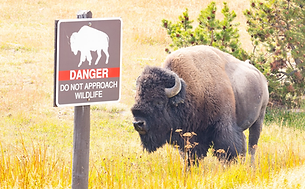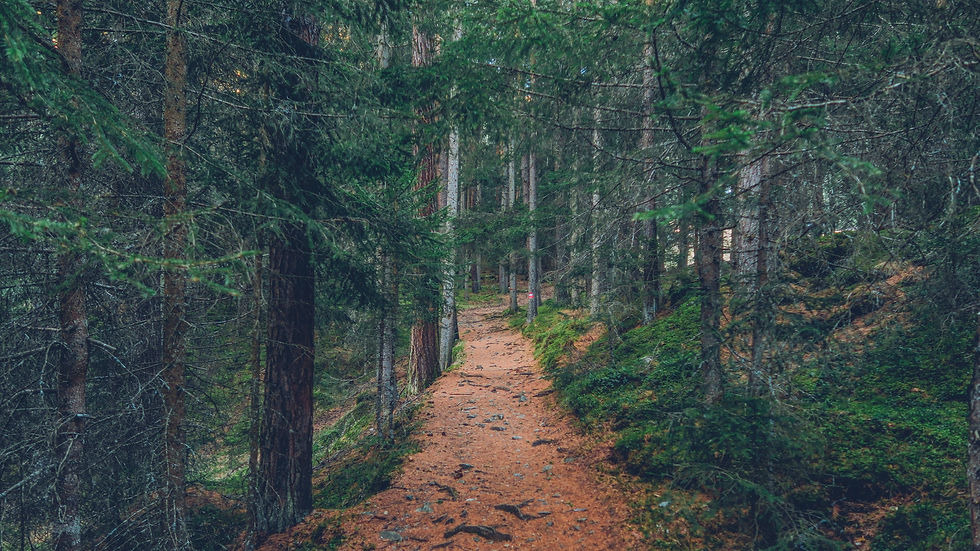top of page
Michigan Hiking Club

Whether you're just starting to get out into the great outdoors or you're a seasoned pro, here are the basics that all hikers should know before they head out.
Stay on the trail
Stick to marked paths to protect the surrounding ecosystem and avoid damaging sensitive plants and wildlife habitats.


Take only pictures, leave only footprints
Pack out all trash, including food scraps. This also include pet waste. If it didn't come from the woods, don't leave it in the woods.
Leave natural objects where they are. The cool rocks, pinecones, etc are what make our trails special, leave them there for others to admire and wildlife to use.
Be considerate of others
Hikers going downhill yield to those going uphill
Uphill hikers may choose to yield if they need a breather or have more room to step off, but it's their call.
Bikers yield to hikers
If it makes sense in your trail situation for the hiker to yield to the biker then go for it.
Everyone yields to horses
When yielding, just step off and wait for the other person to pass, don't create a new path.

Be mindful of noise
Keep noise levels low to allow others to enjoy the peace of nature. Avoid loud music and respect the tranquility of the trail. Nature will create all the music you need on the trail.


Respect Wildlife
Observe animals from a distance, do not feed them, and keep pets leashed to prevent disturbances. You're in their backyard, give them space. Trying to pet wild animals is a great way to get on Youtube in the worst way.

Respect Sanctuary Areas & Private Property
If a trail passes through private land or near marked off protected areas, stay on the marked route and don’t disturb the property. Respect these boundaries, I promise there's plenty of accessible land to explore.
Leave No Trace
Leave No Trace is the standard for all outdoors adventures.
The LNT 7 Principles are simple rules that provide a framework for anyone visiting the outdoors. As an organization, they provide some great resources and information so rather than telling you about their work:

Outdoor Adventure Essentials
All of these can fit in a small daypack and is well worth the weight. Use your best judgement and take into consideration your weather and terrain.
-
Reliable shoes/boots and extra socks
-
First aid kit
-
Extra food & water
-
Navigation (preferably a map and compass that doesn't rely on a charged device)
-
A sturdy knife
-
Flashlight/headlamp
-
Shelter (even just an emergency bivy or tarp)
-
Lighter, matches, or flint and steel
bottom of page





